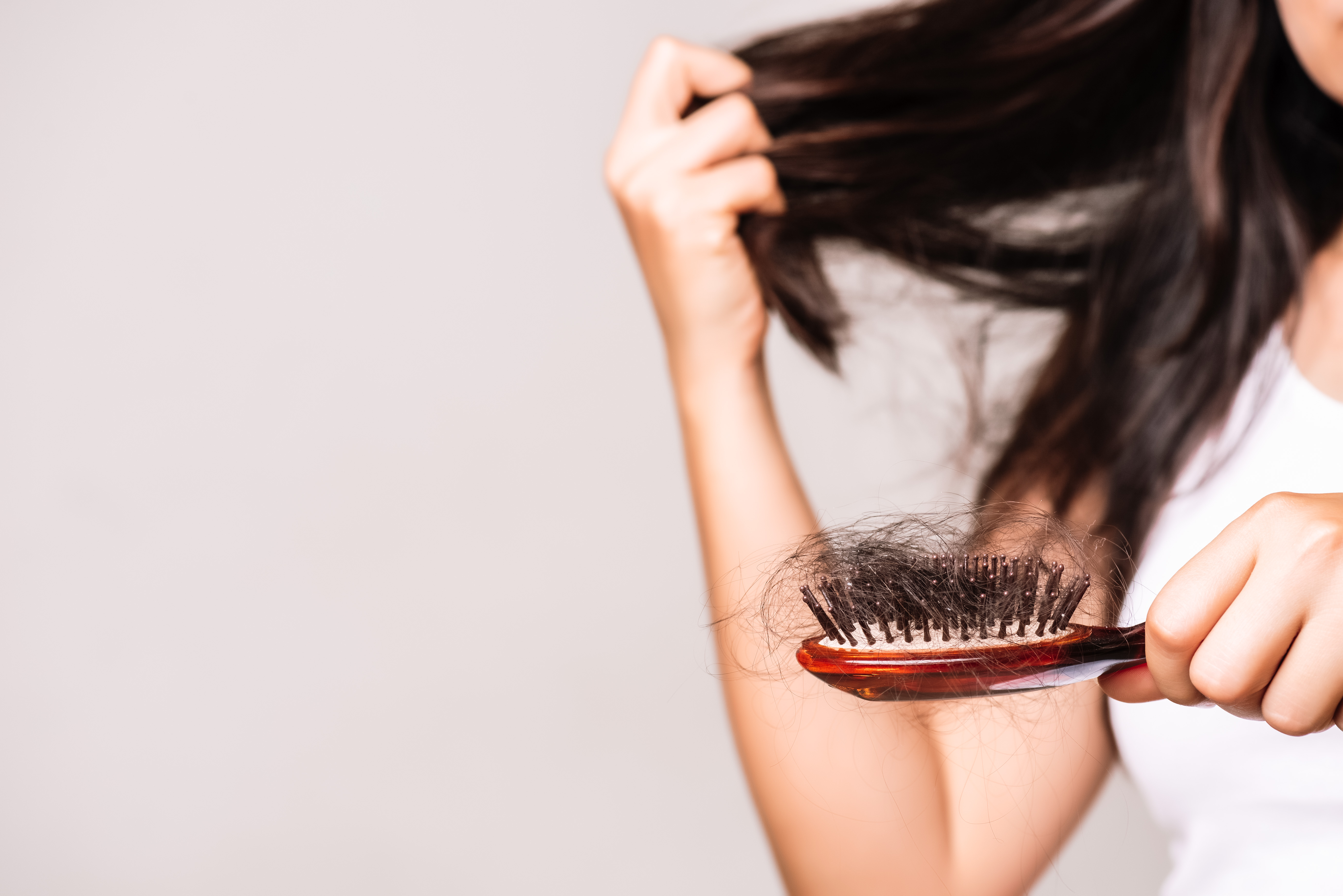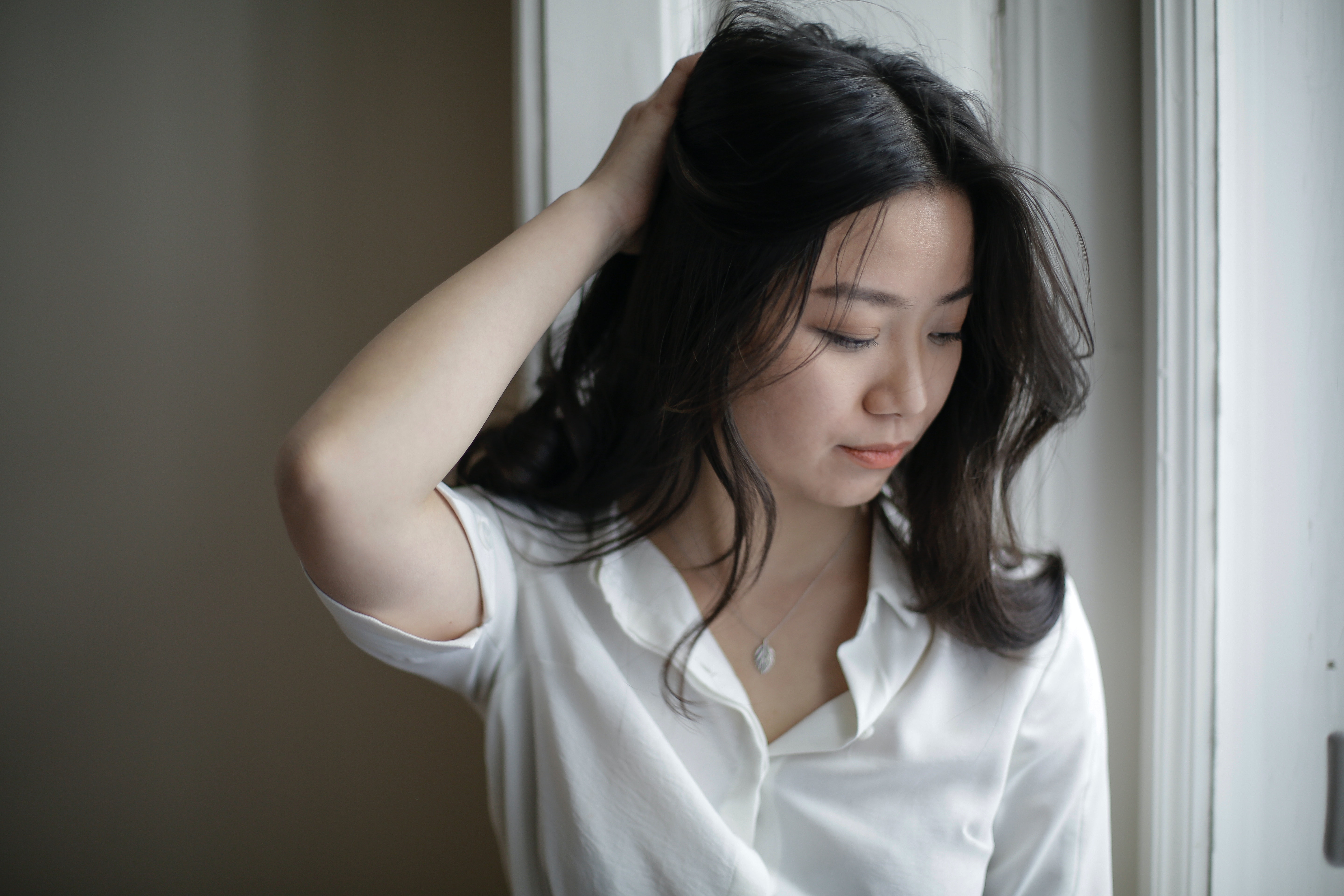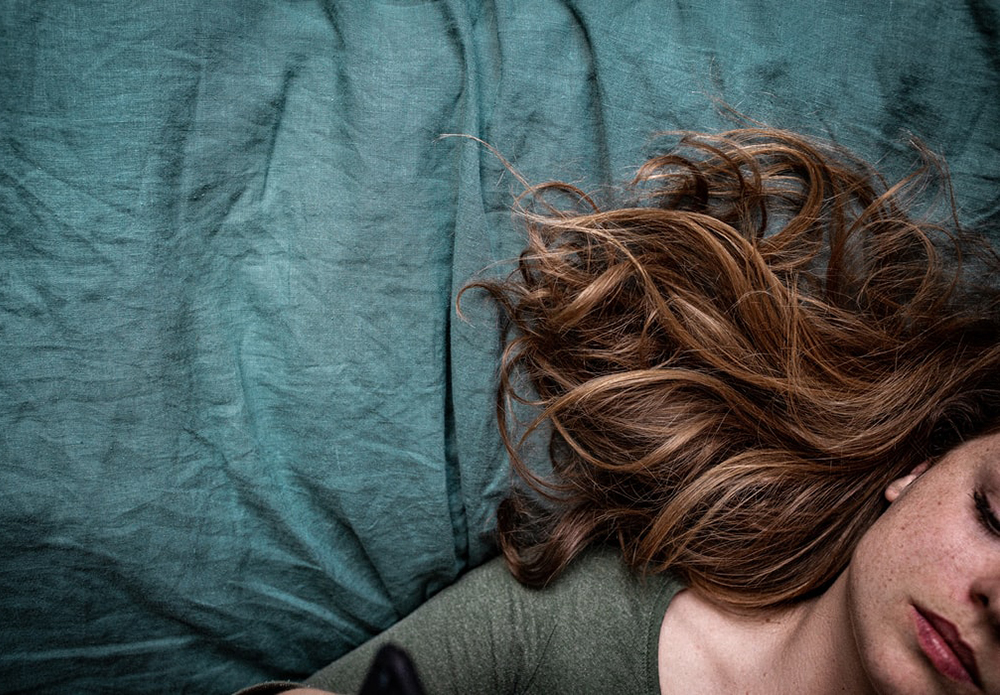It’s normal to shed between 50 and 100 strands of hair a day for anyone. However, some mums experience an increase in the amount of hair loss, sometimes even in clumps, causing clogged shower drains and excessive shedding on their pillow.
This is normal and usually happens one to three months after the delivery of your baby. But the experience can differ from mum to mum. Some mums report experiencing hair loss six months after their baby is born.
For most, this phenomenon usually goes back to normal after babies are around a year old or within six to twelve months. Although some mums complain that their hair continues to be thin or lack strength and doesn’t fully return to its original state before pregnancy.
Why does hair loss occur after pregnancy?

Some mums experience an increase in the amount of hair loss, sometimes even in clumps.
Actually, during pregnancy, you have higher estrogen levels, which prevents the usual shedding (typically around 50 to 100 strands of hair) of hair from happening. You will also have increased levels of androgen hormones that could cause hair to grow on the abdomen or face for some.
After delivery, your estrogen levels fall and goes back to normal. Your hair that was meant to fall out earlier is falling out now and all at once. As a result, you notice the clumps of hair that clog your hairbrush or your shower.
Nonetheless, suppose you think that you are losing much more hair on average. In that case, you could always consult with your doctor to check if your hair loss could signal other medical conditions, such as thyroid problems or anaemia.
Is there anything to be done?

Deficiency in nutrients such as iron, ferritin, zinc, vitamin D and blood sugar could lead to hair loss. Ensure a balanced diet that includes food that are rich in these nutrients.
Most doctors agree there is nothing much to be done with the excessive loss of hair post-pregnancy. It’s a natural phenomenon that can last a few months but usually goes away when your baby turns one, more often before then.
Most doctors loath to prescribe any treatment as most are not safe for breastfeeding or pregnant mothers. Nonetheless, you can check with your doctors for options.
If the condition bothers you, here are some tips that may help or prevent the condition:
Dermatologists from the American Academy of Dermatology Association suggests using shampoo and conditioner that contain protein ingredients that coat the hair to make it appear fuller. Use conditioner primarily on the ends of your hair to avoid weighing down your hair.
Try a new hairstyle
. With all the caring you need for your baby, having a lower-maintenance hairstyle may reduce stress and allow you to spend more time and focus on your newborn.Ensure your blood sugar, iron, ferritin, zinc and vitamin D levels are normal.
These help ensure that new hair follicles are growing. A lack or deficiency in any of these nutrients could lead to hair loss. Vitamin D-rich foods include cheese and fatty fish, which iron-rich foods include liver, tofu and dried fruits. Zinc can be found in meats, whole grains and dairy products. Doctors will prescribe vitamin supplements to pregnant mothers, so ensure you take them as prescribed.Eat a healthy diet with plenty of protein to aid the hair growth process.
Hair follicles are mainly made of protein. Hence, eating adequate protein will help produce keratin which helps stimulate hair growth.Shampoo frequently helps remove hair that is ready to fall out faster and promote new hair growth.
Contrary to belief, frequent shampooing does not hasten the process of hair fall. Hair that is about to fall out would have fallen out sooner or later. Frequent shampooing can help this hair to fall out so new hair can begin to grow in its place.Let hair rest without harsh chemicals or treatments like curling irons, dying, perming or hot oil treatments.
Try scalp massage with peppermint oil.
A 2014 study found that peppermint oil was useful in inducing rapid hair growth in an experiment using mice, with a significant increase in the thickness of the scalp, the number, and hair follicles’ depth.

Just a final cautionary note: Be careful of drugs or treatments that help with alopecia. The hair loss associated with pregnancy is very specific, where no specific treatment is required. Drugs and treatments that help with other alopecia condition are not necessarily safe for pregnant or breastfeeding mothers.
If your condition persists after a year, it will be best to consult with a dermatologist before beginning any treatment.



